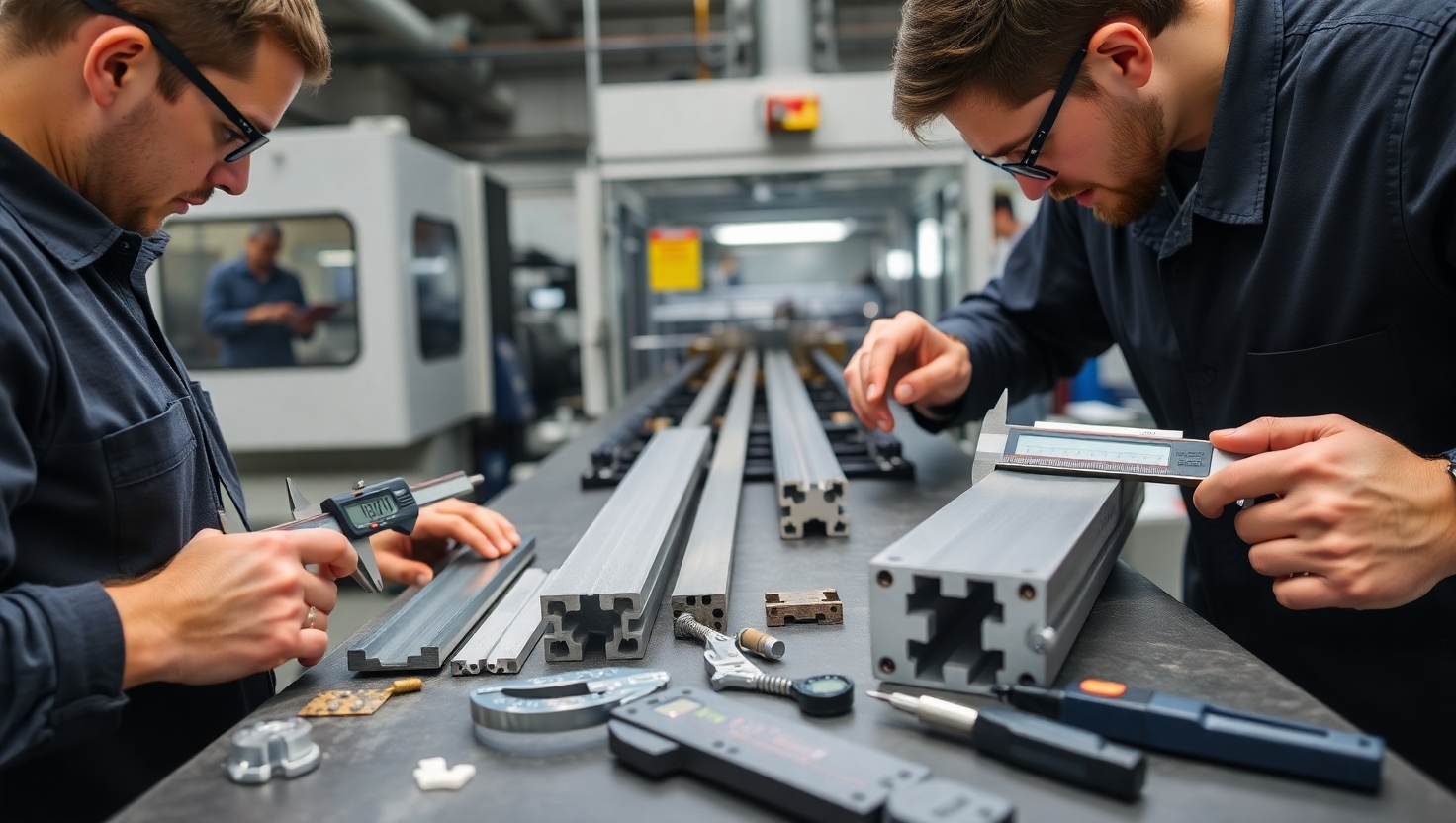How to Achieve Higher Dimensional Accuracy in Aluminium Extrusion
Published by: ALUTimes | Date: July 18, 2025
Table of Contents
- Introduction
- Why Dimensional Accuracy Matters
- Key Factors Affecting Accuracy
- Tools & Technologies Used
- Process Optimization Techniques
- Quality Control & Inspection
- Case Example
- Future Outlook
- Conclusion
- Disclaimer
Introduction
Dimensional accuracy in aluminium extrusion is critical for industries such as automotive, aerospace, construction, and electronics. With tight tolerances becoming the norm, understanding how to consistently produce accurate profiles is essential for quality and performance.
Why Dimensional Accuracy Matters
Inaccurate dimensions can result in failed product fit, increased rework, assembly issues, and higher costs. For high-stakes industries, these defects can compromise safety and product reliability. Achieving accuracy not only reduces waste but also improves customer satisfaction and competitiveness.
Key Factors Affecting Accuracy
- Billet Quality: Homogeneity, temperature consistency, and surface finish impact final profile accuracy.
- Die Design: Symmetry, material flow control, and venting all influence profile uniformity.
- Press Parameters: Ram speed, temperature, and pressure must be precisely managed.
- Quenching: Cooling rate affects straightness and dimensional stability.
- Stretching: Improper stretching may deform the profile or cause uneven dimensions.
Tools & Technologies Used
Several modern tools help enhance precision:
- Laser gauges for inline measurement
- 3D scanning for post-extrusion validation
- Thermal imaging for billet and die temperatures
- Finite Element Modeling (FEM) for die design
- Real-time extrusion press monitoring systems
Process Optimization Techniques
Here are proven ways to improve dimensional accuracy:
- Use isothermal extrusion with consistent billet and die temperatures.
- Design dies with flow equalization features.
- Regularly calibrate extrusion press controls.
- Preheat billets with uniform heating systems.
- Use automated quenching and puller systems to reduce human error.
Quality Control & Inspection
Quality assurance protocols should include:
- First-article inspection using CMM (Coordinate Measuring Machine)
- Batch testing for dimensional tolerance and mechanical properties
- Process audits and SPC (Statistical Process Control)
- Ongoing training for extrusion operators and inspectors
Case Example: Precision Extrusion at AlloyPro
AlloyPro Extrusions Pvt Ltd implemented AI-based press control and inline laser gauges in early 2025. Over the next six months:
- Scrap rates reduced by 19%
- Customer complaint rate fell by 38%
- Average dimensional tolerance achieved: ±0.05 mm
This case illustrates the importance of investing in both people and precision technologies.
Future Outlook
Looking ahead, AI, machine learning, and real-time feedback loops will further enhance extrusion accuracy. Predictive analytics and IoT-integrated presses are expected to dominate smart factories by 2030.
Conclusion
Dimensional accuracy is no longer optional—it’s a necessity in aluminium extrusion. With increasing global competition and demand for precision components, manufacturers must invest in process controls, skilled labor, and smart technologies to stay ahead.
Disclaimer
This article is for educational purposes only. ALUTimes makes no warranties about the specific results of process changes. Always consult technical experts before implementation.

